Factories
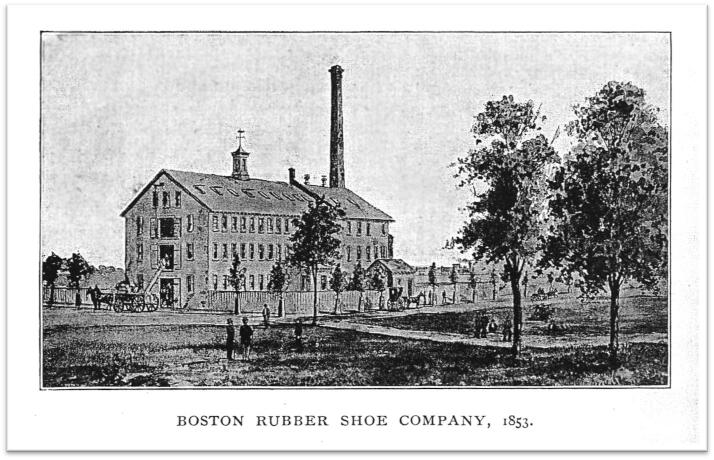
On August 5, 1872, the delegation left the city of Boston to visit factories in nearby towns. From the time of the Meiji Restoration in 1868, Japan had sought to emulate the advancing technology of Western nations. Hoping to get a better understanding of American manufacturing, the delegates divided into two groups in order to visit three factories in one day. The first group, led by Vice-Ambassadors Kido Takayoshi (1833-1877) and Itō Hirobumi (1841-1909), toured a shoe factory and a clothing factory in Hudson, Massachusetts. The second group, led by Vice-Ambassadors Masuka Yamaguchi (1839-1894) and Ōkubo Toshimichi (1830-1878), visited a factory that produced gold and silver utensils in Providence Rhode […]
Federal Arsenal
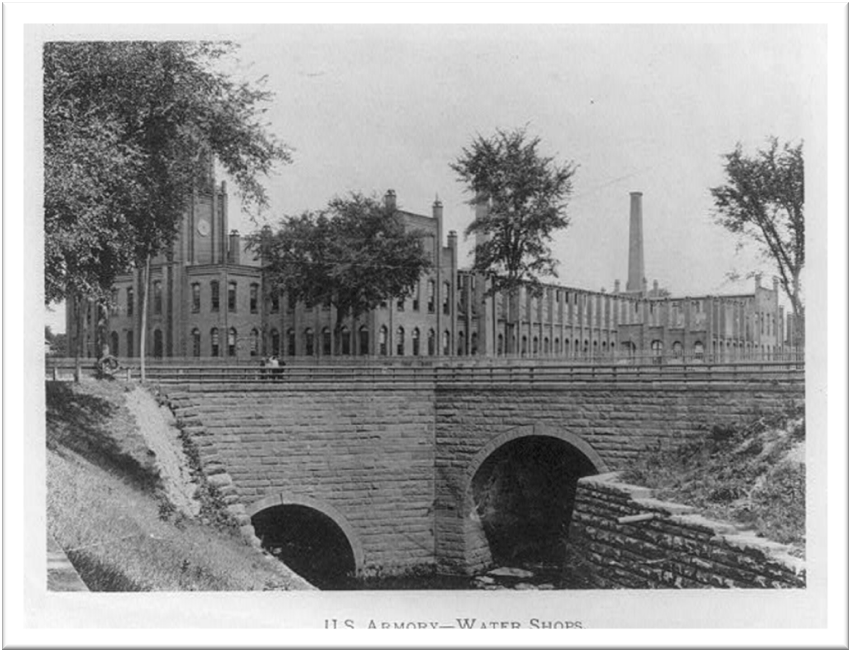
On June 20, 1872, the delegation stopped in Springfield, Massachusetts to visit the Federal Arsenal. Only a few years earlier in Japan, wide-scale domestic conflict and political upheaval had made Western firearms a priority item for import. The delegation was interested in seeing the manufacturing process for small firearms in detail, in hopes of producing rifles domestically in the future. During the time of the Civil War, the Federal Arsenal had produced around 1000 rifles per day, though this number had fallen to 100 per day when the delegation made their visit. The factory in Springfield had installed waterwheels to harness the power of the Connecticut River to run machinery. […]
A.T. Stewart Store
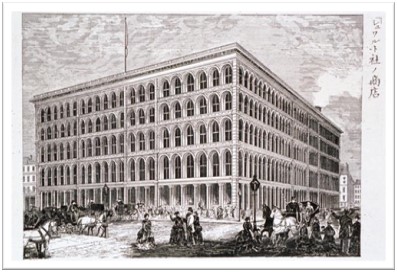
While in New York City the delegates paid a visit to one of the first department stores, the A.T. Stewart Store on Broadway Avenue. The building had large street level windows, allowing light to filter through as people browsed the latest fashions through the glass. It was the advent of modern window shopping. Kume remarked that, “the Stewart’s have provided a magnificent building filled with merchandise in order to stimulate the New York City economy.” However, he and the other delegates were surprised to learn that despite its opulence, the building barely turned a profit. The original A.T. Stewart Store, located at 280 Broadway, was constructed in 1846 of Tuckahoe […]
Saratoga Grand Union Hotel
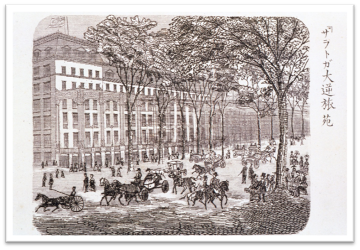
In the middle of June 1872, the Iwakura Mission group journeyed north to Saratoga, New York, where they stayed in the Grand Union Hotel. They were astonished by the scale and grandeur of the building, saying that, “for sheer size it is unmatched among the hotels which we have seen.” This statement would remain true, even as they traveled through Europe and Asia. The great hotel had 1,000 guest rooms, and could seat 1,500 people in its dining hall – possibly the largest dedicated dining hall in the world at the time. At the time of the embassy’s stay the hotel had recently been acquired by Alexander Turney Stewart, the […]
Grand Central Terminal
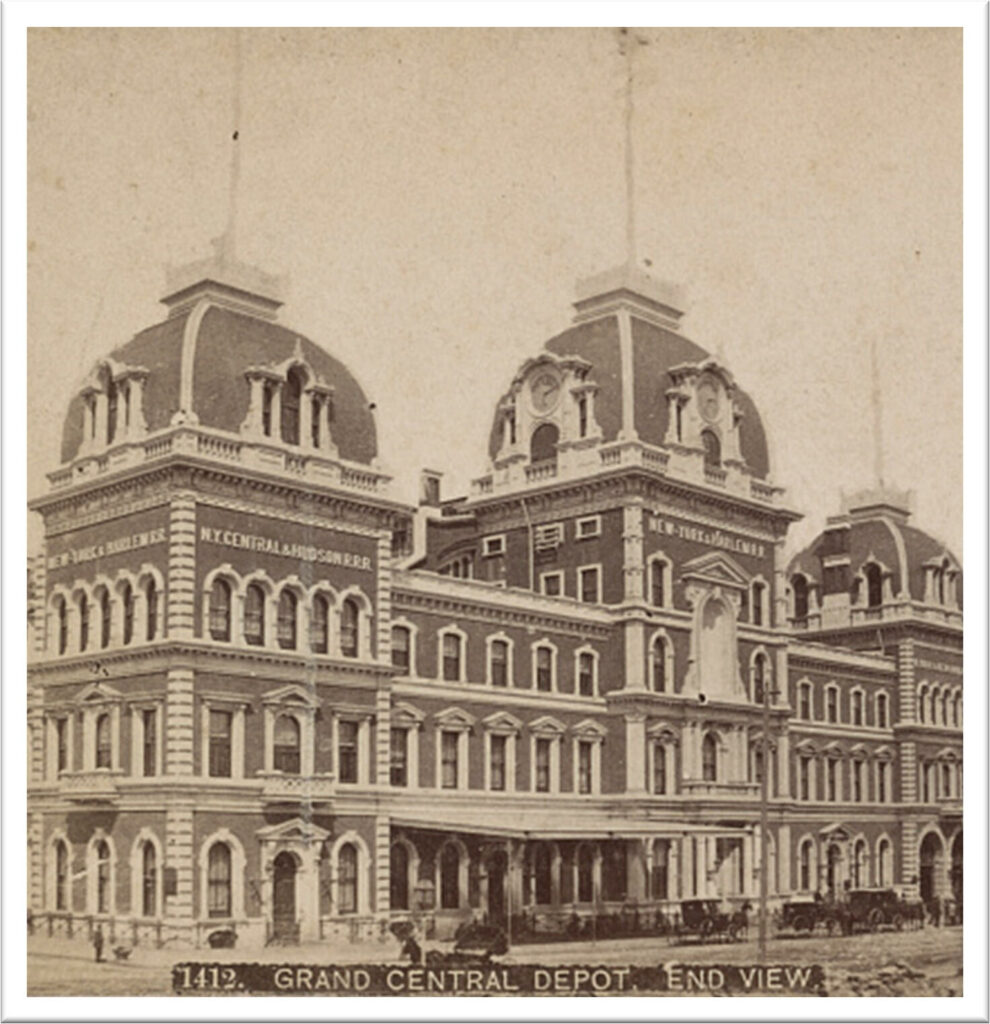
On July 31, 1872, the delegates visited Grand Central Terminal. Kunitake Kume had previously found train depots plain and artless, but the newly constructed Grand Central terminal was beautiful, elegant and momentous. At it’s time of completion in 1871 it was the largest rail facility in the world. The designer Cornelius Vanderbilt (1794-1877), also the founder of Vanderbilt University and the Vanderbilt railroad empire, had set out to make the Grand Central an imposing symbol of glory and power. In many ways he succeeded, and the group was deeply impressed. The visit was another reminder of the importance of railroads in the lives of New Yorkers.
The New York Tribune
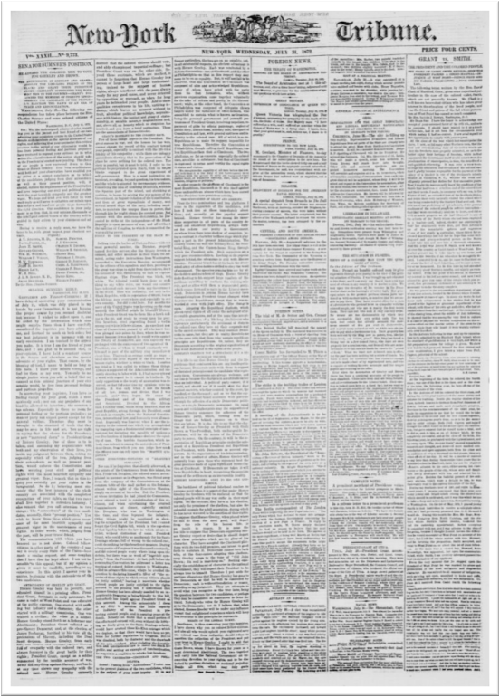
On the last day in July, 1872, the delegates visited the office of the New York Tribune. Newspapers were massively popular with Americans, and Kunitake Kume remarked that in other countries he had never seen papers be so habitual. By Kume’s calculations, at least half of all American citizens read one or more newspaper editions regularly. The daily editions were a powerful force for dispensing cultural news, educating the populace, and encouraging moral behavior. They seemed to reach every corner of the country. After the delegation returned to Japan, newspapers took on a similar fashion, becoming increasingly influential in the sphere of politics and culture. In the 1880s, three of […]
